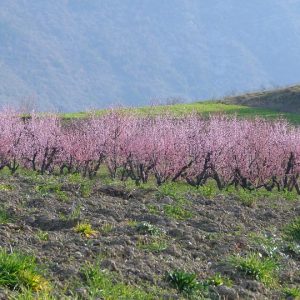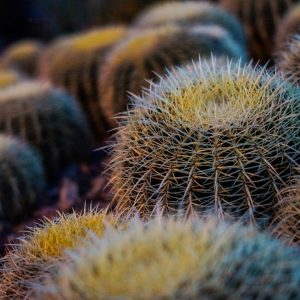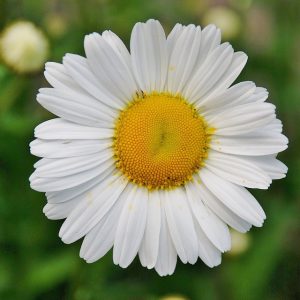Course Structure:
There are 30 lessons as follows:
- Introduction
- Overview of Herb Varieties
- Soils & Nutrition
- Herb Culture
- Propagation Techniques
- Pests & Disease Control
- Harvesting Herbs
- Processing Herbs
- Using Herbs: Herb Crafts
- Using Herbs: Herbs for Cooking
- Using Herbs: Medicinal Herbs
- Herb Farming
- Herb Garden Design
- Constructing a Herb Garden
- Managing a Herb Nursery
- Lavenders
- Mints
- Lamiaceae Herbs
- Garlic
- The Asteraceae (Compositae) Herbs
- The Apiaceae Family
- Other Herbs
- Topiary & Hedges
- Producing Herb Products A
- Producing Herb Products B
- Producing Herb Products C
- Marketing in the Herb Industry
- Budgeting & Business Planning
- Workforce Design & Management
- Major Research Project
What’s in Each Lesson?
A typical lesson involves set reading (which we provide), a set task (eg. research or practical), a written assignment (to be submitted), and preparing plant reviews (see below).
How Plant Reviews are Done
With each assignment you will required to prepare plant reviews. Each plant should be named, described and illustrated. Throughout the course you will review 180 different herbs
Naming the Plant
Include the common name, scientific name; and the plant family name if possible. If you cannot provide one of these, write a note to the tutor explaining that you attempted to find the information and why you could not. Your tutor will often be able to help at least partly identify the odd unidentified plant; if you submit an illustration and good description (ideally presenting not only a leaf, but also a flower, fruit or seed head).
Describing the Plant
You should record any information that might be important to selecting and using this plant for a landscape design. For example:
- Height: How high can it grow in your locality?
- Width: How wide can it grow in your locality?
- Flowers: What colour and when does it flower?
- Leaf colour, shape, texture.. What colour are the leaves when and mature? Are the leaves round, feathery, lobed, spiky? Are the leaves fine or coarse textured?
- Scent: Are the flowers scented?
- Animal Attraction: Does the plant attract birds, butterflies, bees? If so what part of the plant (flower or fruit) ?
- Hardiness: Is it frost tender? How does the wind Affect it?
- Culture: Are there any special things the plant requires? How hard should it be pruned and how often? Does it need good drainage? How often should it be fertilised?..etc.
- Pests and Diseases: List any pests and diseases that are particularly bad for this plant.
- Maintenance: Are there any maintenance requirements for the plant such as pruning or raking fallen leaves in winter?
Write approximately up to half a page for each plant.
Illustrating the Plant
This may be done any of the following ways:
- Submit a photograph or drawing of parts of the plant
- Send a scan of a photograph or drawing (Do not send large graphics files over the internet. Consult your student manual for details)
- Refer to a web site page location where you have found the plant illustrated on the internet.
- Submit a pressed specimen or a photograph of a pressed specimen (Note: Do not send pressed specimens across state or national boarders. To do so may be illegal and in breach of Quarantine regulations).





